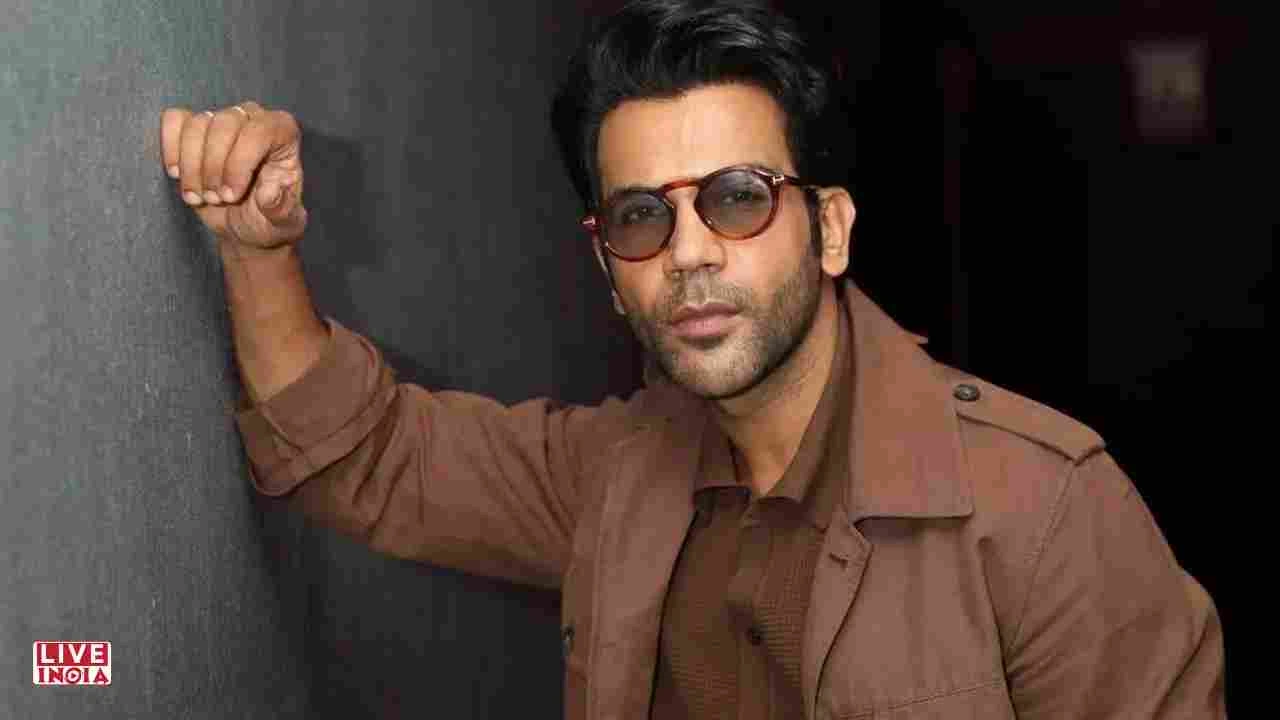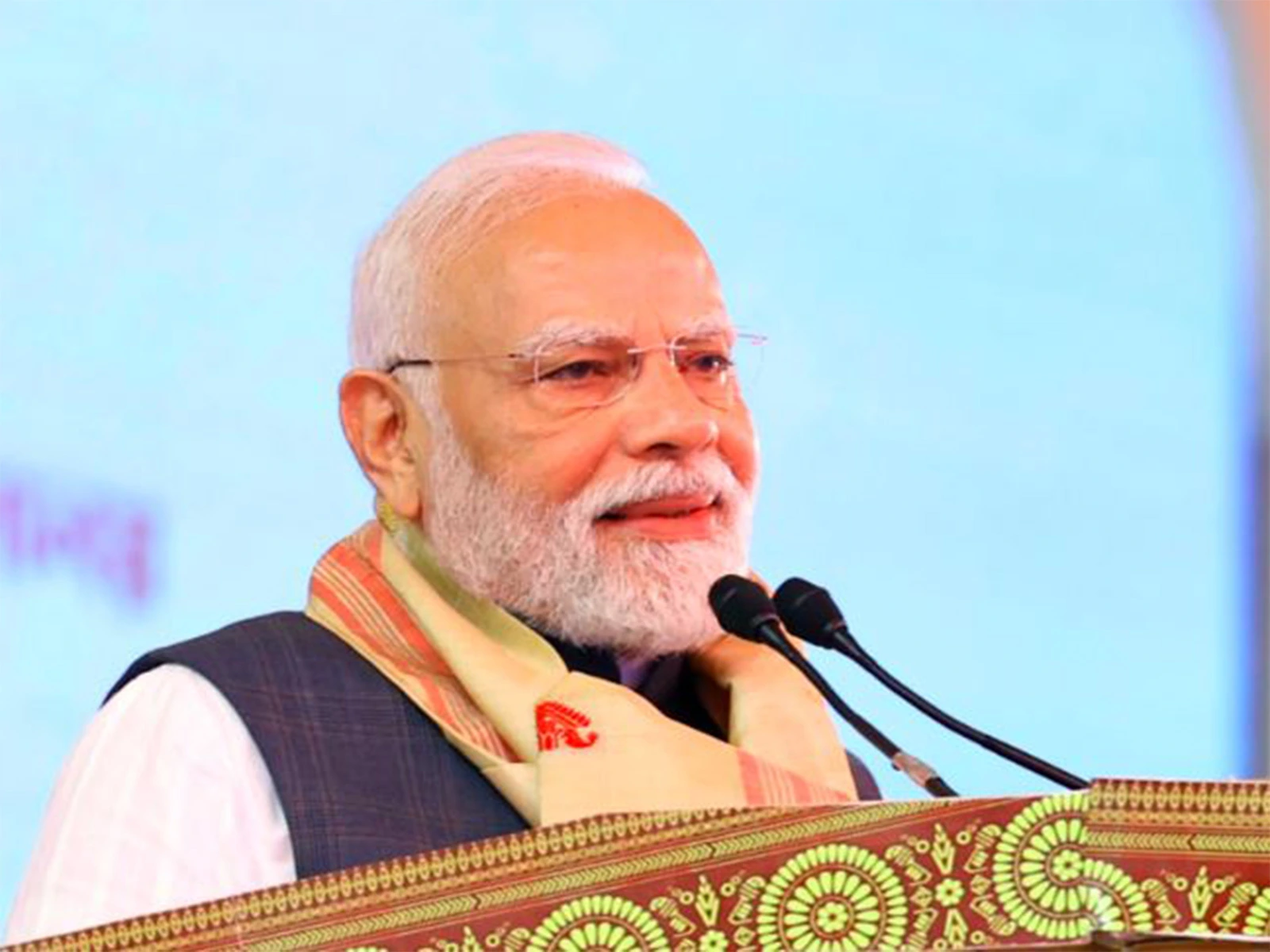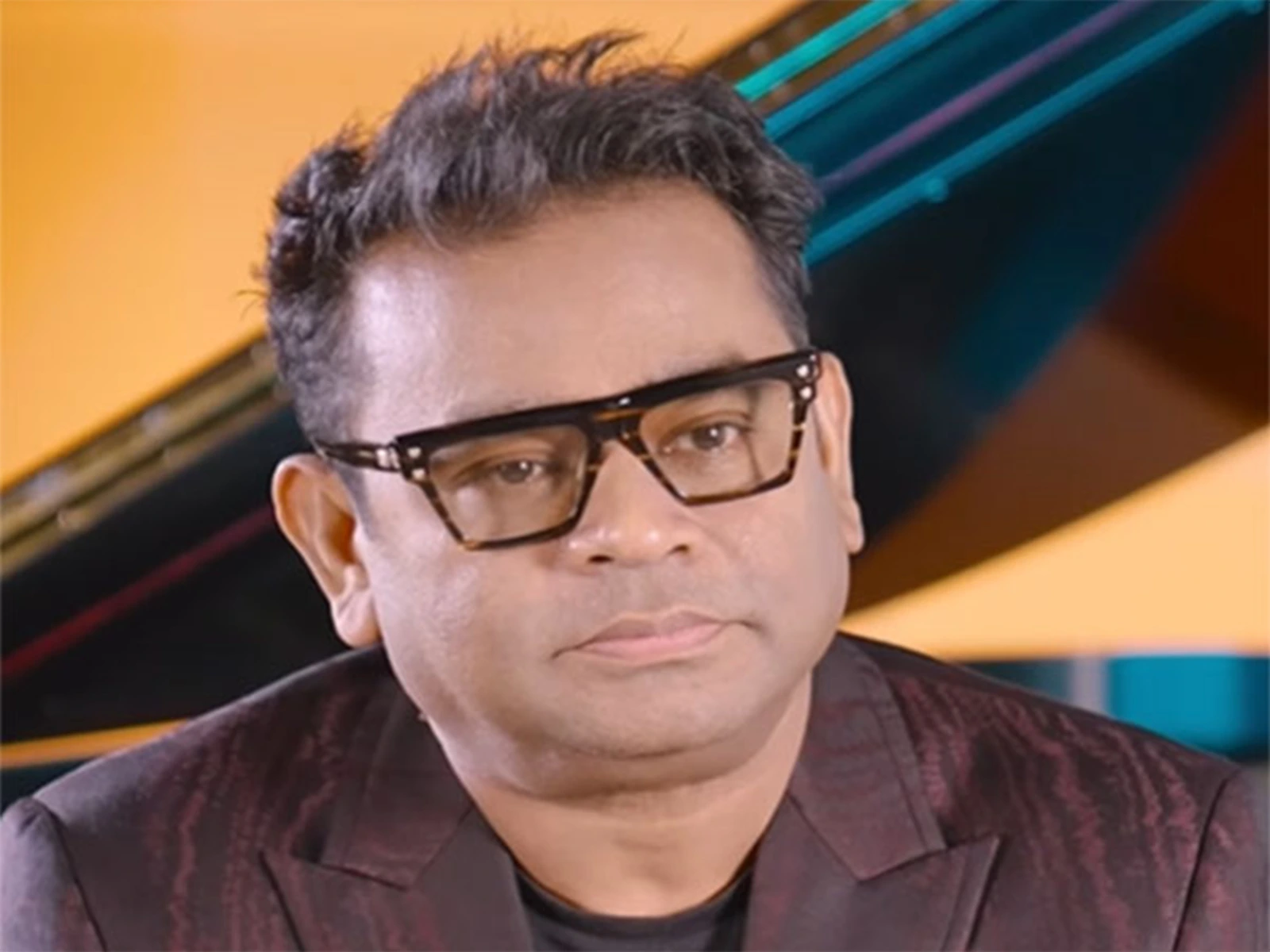09-JULY-2025, 04:10PM
In a revealing statement, acclaimed Bollywood actor Rajkummar Rao recently voiced his concern over the dwindling number of parallel cinema projects coming his way following the commercial success of Stree. Known for his versatile roles and an impressive resume in content-driven films, Rajkummar Rao expressed nostalgia and disappointment about how the film industry’s shifting preferences have impacted his career choices.
The actor, who once carved a niche in the independent and alternative cinema space with films like Shahid, Trapped, and Newton, noted that the rise in mainstream success has ironically led to fewer opportunities in the very genre that defined his artistic identity. This has sparked a wider discussion on the state of parallel cinema in India, and whether commercial acclaim sidelines meaningful storytelling.
Rajkummar Rao : Early Days in Parallel Cinema
Rajkummar Rao : From Indie Star to Household Name
Before he became a household name, Rajkummar Rao made his mark in critically acclaimed low-budget films. Movies like Love Sex Aur Dhokha (2010), Shahid (2013), and CityLights (2014) earned him a reputation as a serious actor capable of disappearing into any role. His portrayal of real-life lawyer and human rights activist Shahid Azmi even earned him the National Film Award for Best Actor.
These films, though limited in commercial scope, resonated with a niche audience and critics alike. They became cornerstones of India’s modern parallel cinema movement, and Rajkummar Rao was often at the centre of that wave.
Rajkummar Rao : Defining Parallel Cinema
Parallel cinema, often regarded as India’s answer to independent cinema, focuses on realism, societal issues, and artistic storytelling. It usually operates with lower budgets and less star-studded casts but compensates with strong scripts, direction, and performances. For actors like Rajkummar Rao, these films offered a canvas to portray raw, layered characters—a stark contrast to Bollywood’s usual masala flicks.
Rajkummar Rao : The Game-Changer: Stree and Mainstream Spotlight
Rajkummar Rao : ‘Stree’ Shifted the Trajectory
The turning point in Rajkummar Rao’s career came with the horror-comedy Stree (2018). Co-starring Shraddha Kapoor, the film was both a critical and commercial hit, blending social commentary with entertainment. It introduced Rao to a much larger audience and marked his transition into mainstream cinema.
However, Rao now reflects that while Stree opened many doors, it also closed some. “Those types of films are not coming to me,” he remarked, referring to the nuanced, challenging projects that once defined his filmography.
Rise in Commercial Scripts, Decline in Substance?
Post-Stree, Rajkummar Rao’s film choices have included rom-coms and social dramedies (Roohi, Badhaai Do, Hum Do Hamare Do), which, while enjoyable, do not carry the same artistic weight as Newton or Shahid. While his performances remain top-notch, fans and critics have noted a subtle shift from depth to commercial viability in the scripts he’s being offered.
Changing Landscape of Indian Cinema
Are Audiences Still Interested in Parallel Films?
The actor’s concern also highlights a broader trend: the dwindling appetite for parallel cinema in mainstream production houses. With the rise of OTT platforms, some hoped that realistic, socially conscious cinema would get a second wind. And while series and biopics have flourished, full-length indie-style films have struggled to gain similar traction.
Rao’s comment suggests that even someone with his credentials struggles to find meaty roles in today’s market driven by algorithms and box office metrics.
Parallel vs Popular – A False Dichotomy?
One might argue that commercial and parallel cinema can coexist—as Stree showed. But the industry seems to be leaning heavily toward safe, mass-appeal content. The budgets, marketing efforts, and screen allocations largely favour escapist cinema. This makes it harder for parallel films to compete or even be greenlit.
Rajkummar Rao’s Commitment to Craft Over Commerce
An Actor’s Actor
What sets Rajkummar Rao apart is his commitment to craft. Whether playing a trapped man in a locked apartment in Trapped or a government clerk fighting electoral corruption in Newton, Rao has always challenged the limits of performance. It’s no wonder then that he misses the days when scripts demanded vulnerability, authenticity, and nuance.
He stated, “I want to do more films that challenge me, that make me think, that scare me because they are difficult.”
Hope on the Horizon
Despite the current lull in parallel offers, Rao remains optimistic. He hinted that he’s in talks for projects that may bring back the realism and depth he craves. “I’m still that actor,” he said. “I haven’t forgotten my roots.”
He also acknowledged the role audiences can play: by supporting content-rich cinema in theatres or OTT, they can push producers to back more such ventures.
Conclusion: A Call for Balance in Indian Storytelling
Rajkummar Rao’s recent statement isn’t just a personal grievance—it’s a reflection of the changing tides in Indian cinema. As Bollywood increasingly prioritizes mass entertainment, the space for real, rooted, and relevant stories seems to be shrinking.
Actors like Rao, who built their careers on authentic storytelling, are now navigating a space where their own evolution challenges their foundations. It’s a classic case of success altering the ecosystem that once nurtured it.
As the industry moves forward, the hope remains that actors, creators, and audiences alike will find a balance between commerce and content. For the sake of Indian cinema’s artistic future, the resurgence of parallel cinema is not just desirable—it’s essential.
Source : ANI




